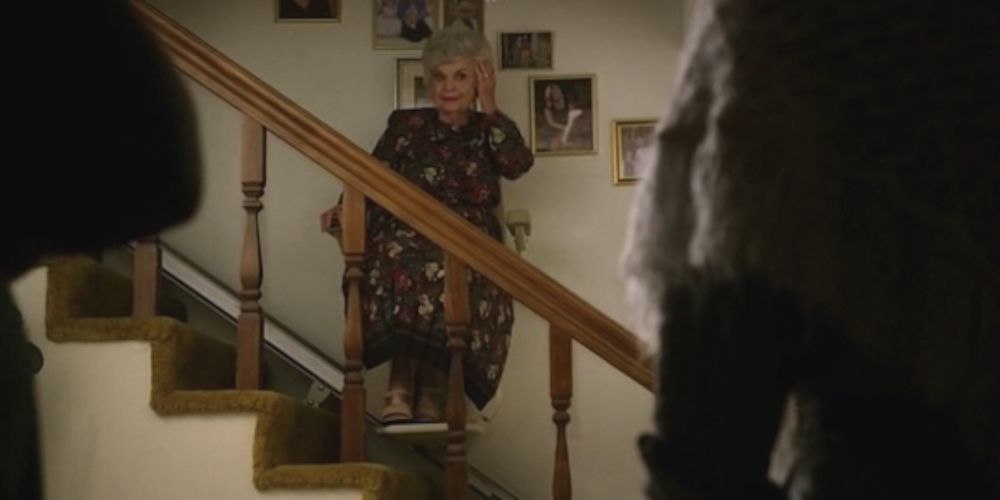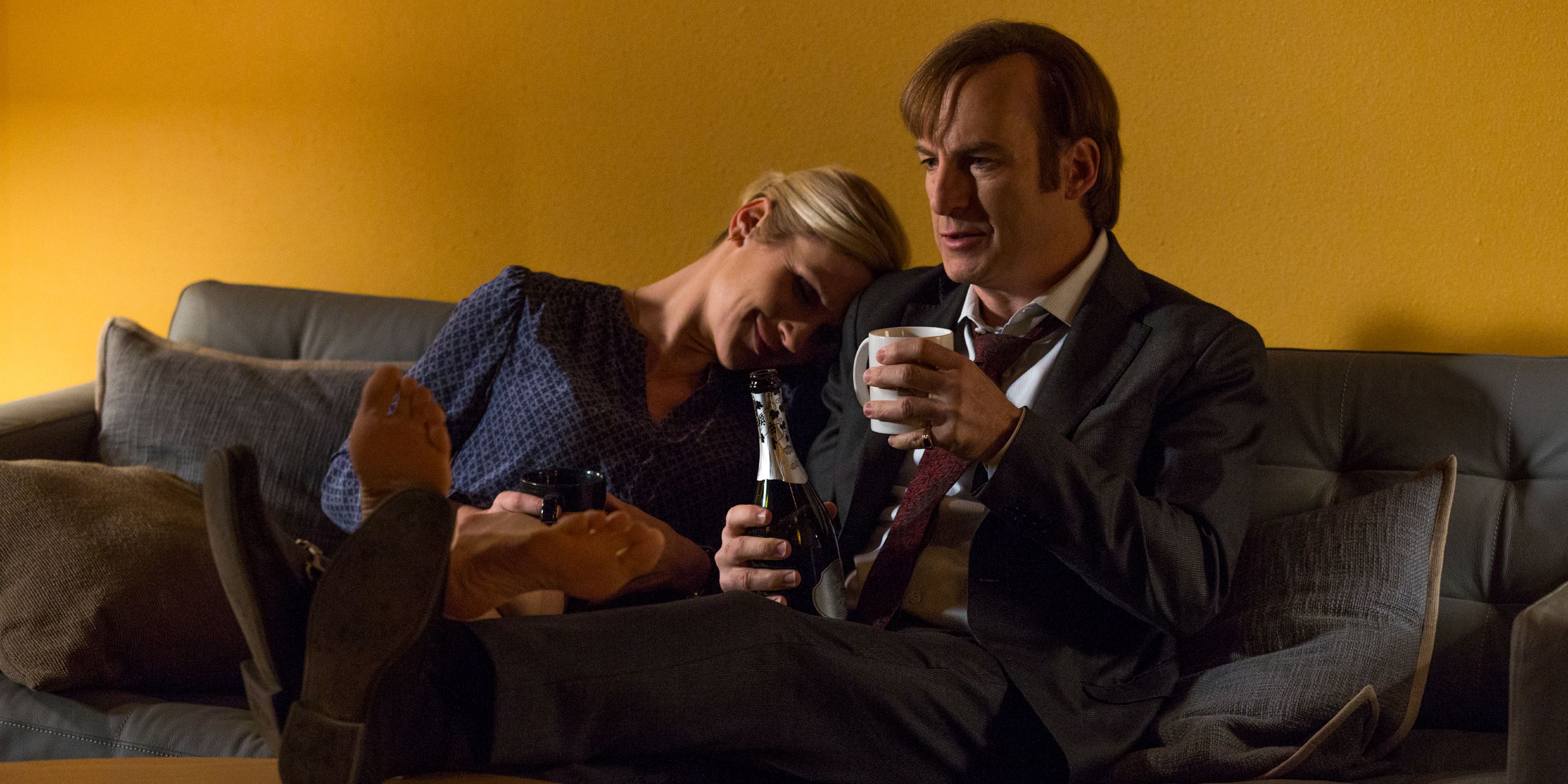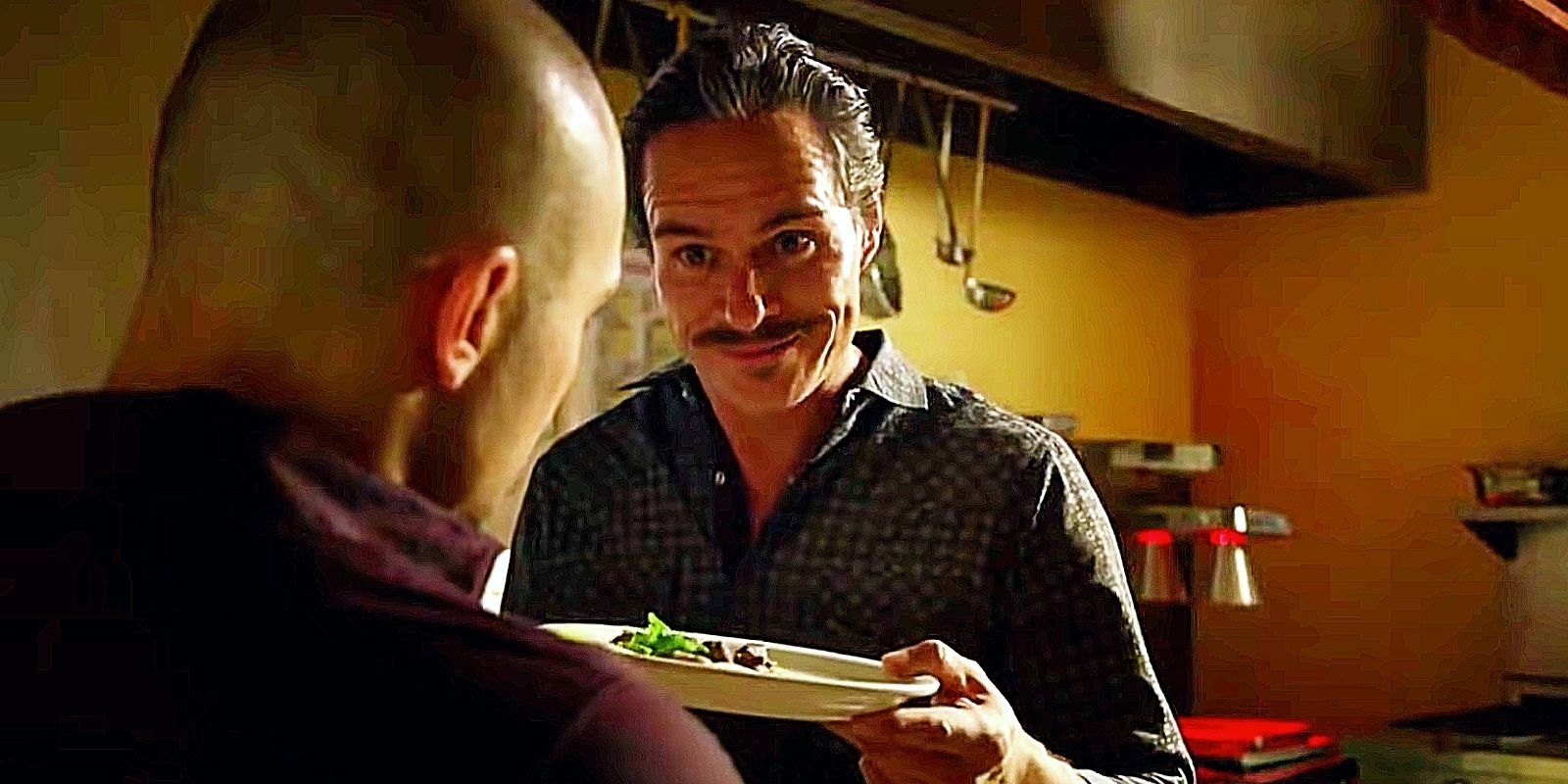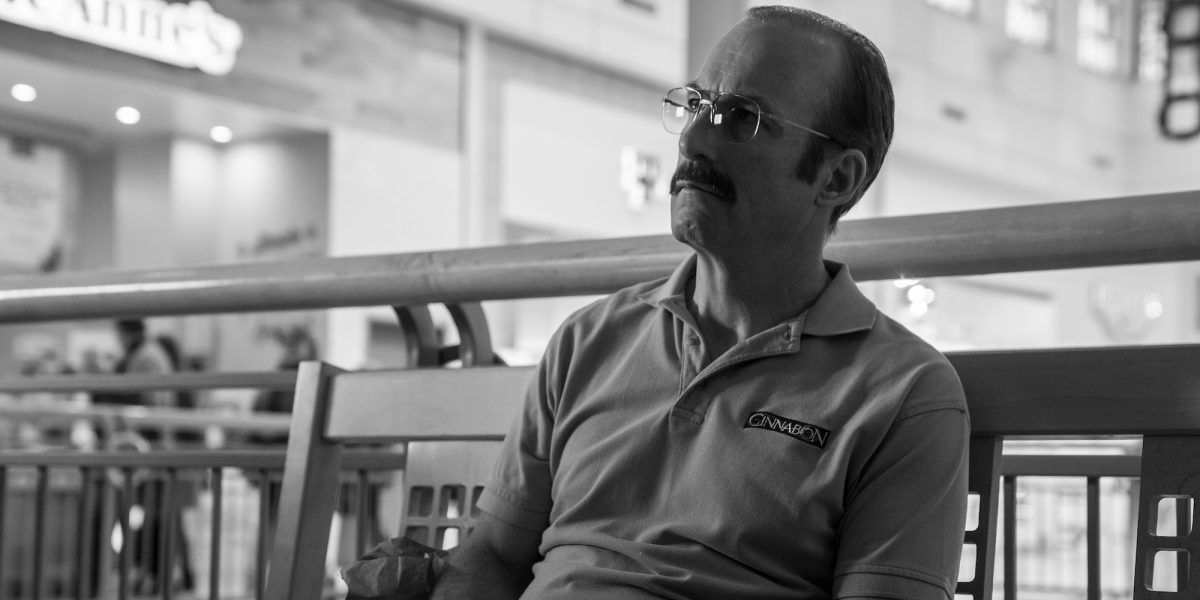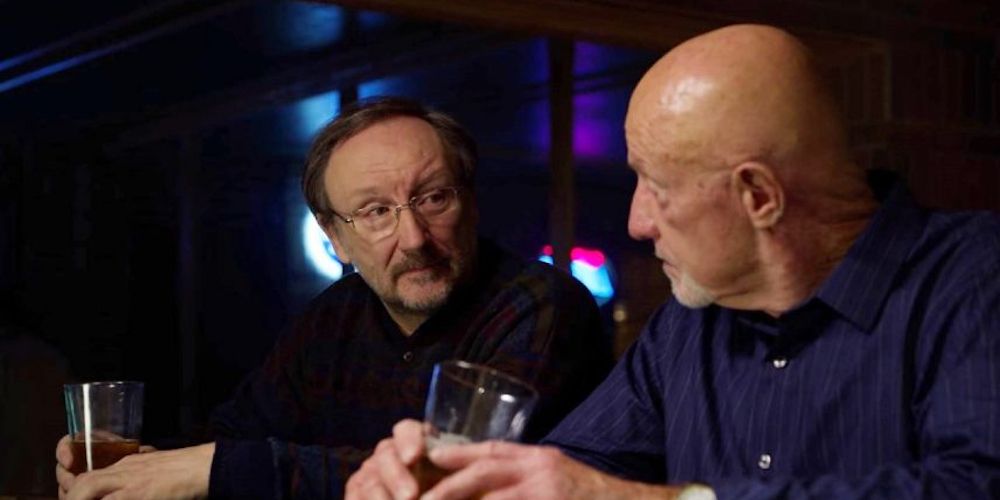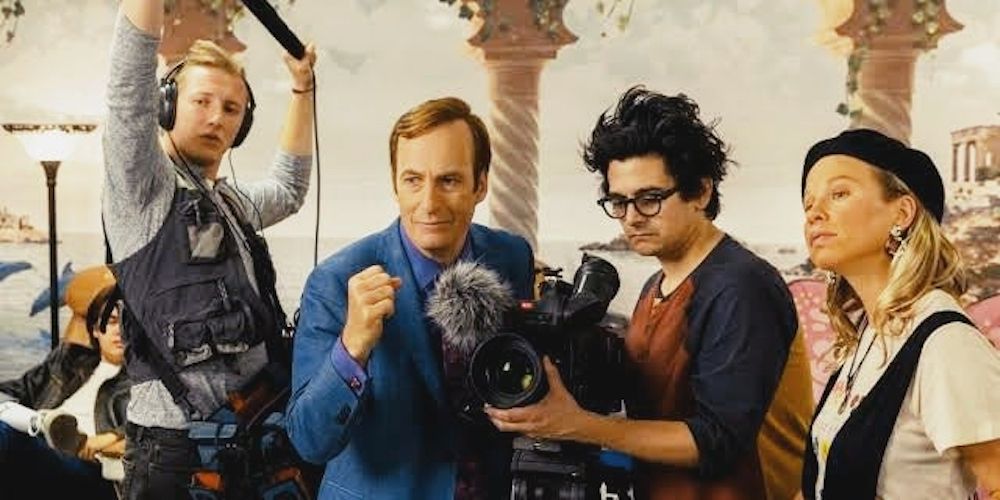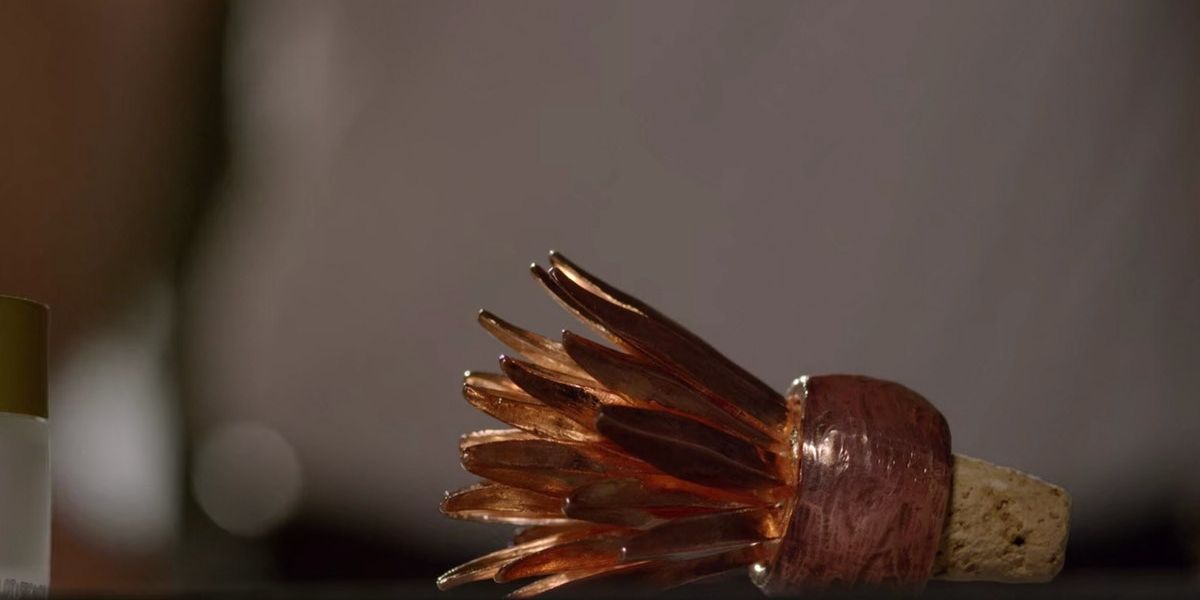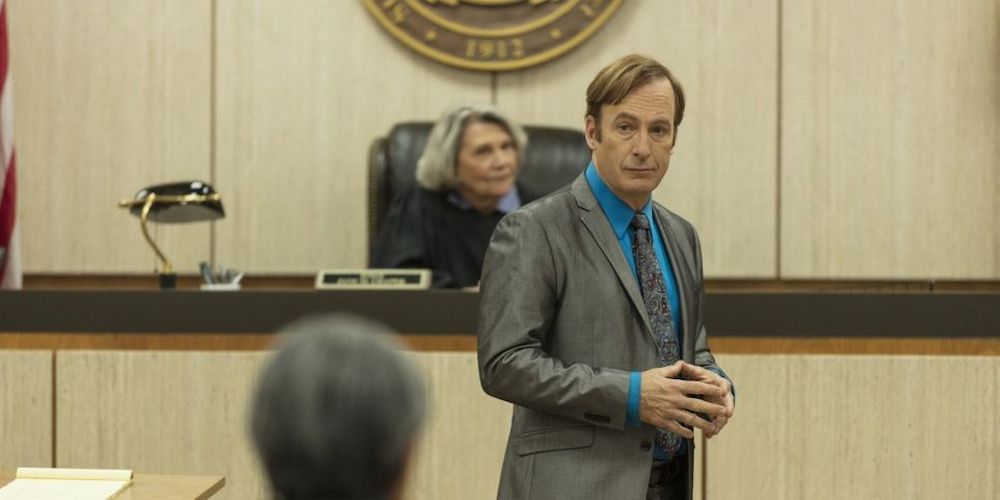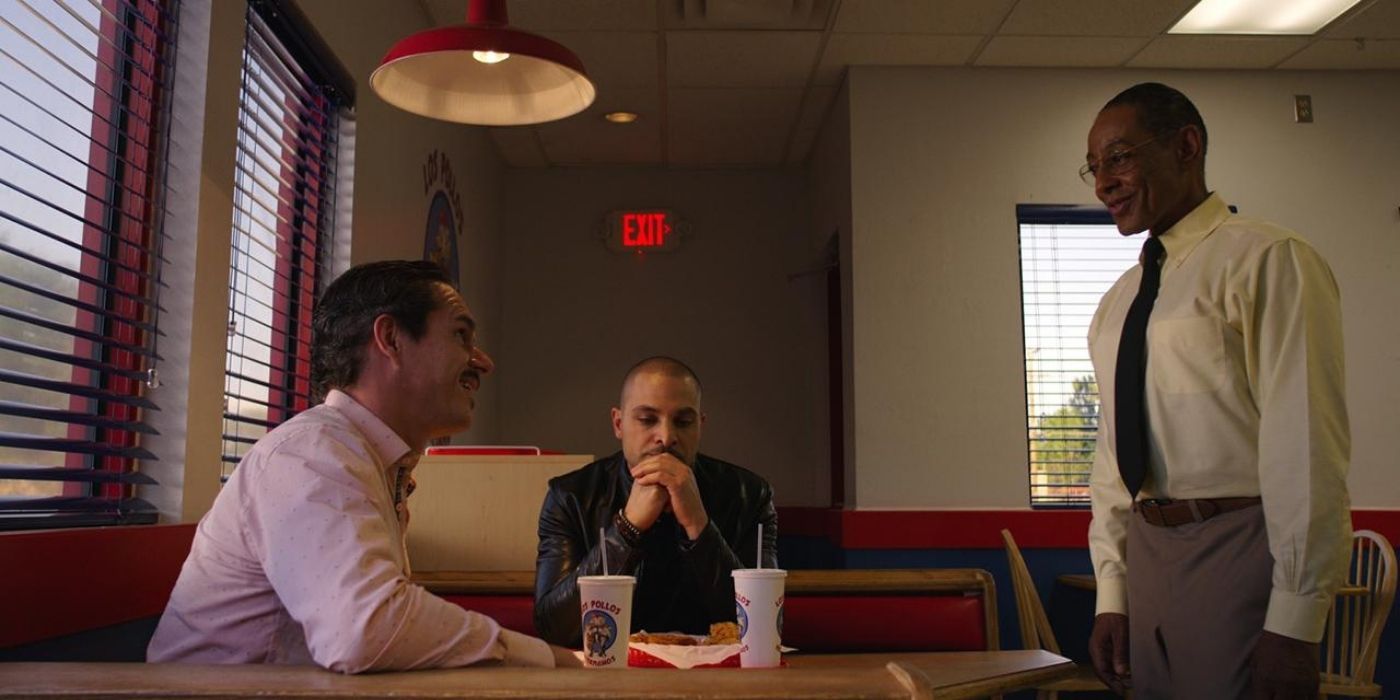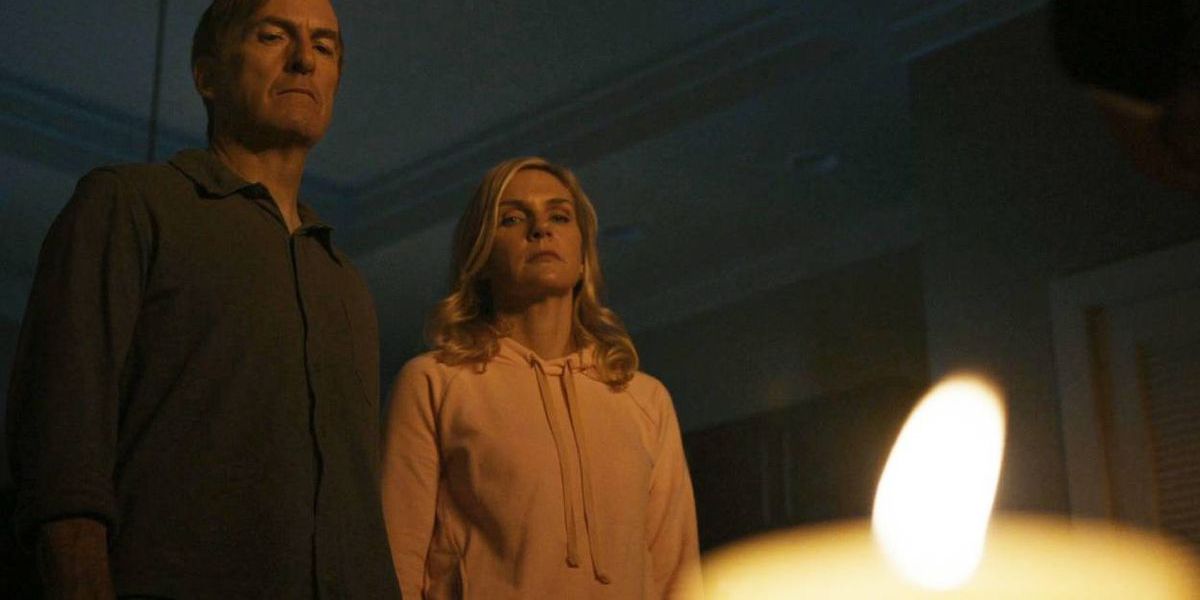Peter Gould and Vince Gilligan’s Better Call Saul is set to wrap up its six-season run with 63 episodes. The success of Breaking Bad was so out of control that many were skeptical over the potential of a Better Call Saul prequel spin-off. Against all odds, this spin-off has not only proven itself to be as strong as Breaking Bad, but a large sect of the fandom considers it to be the superior series.
Breaking Bad and Better Call Saul are set within the same universe, but they tell different stories fueled by contrasting themes. The final episodes of Better Call Saul are set to air and provide new levels of closure to this comprehensive saga. Better Call Saul’s critically acclaimed run is nearly over, which means it’s the perfect time to consider how it’s better than the series that birthed it.
10 Its Use Of Slow-Burn Storytelling
A large group of Breaking Bad fans struggled to get through the show’s first season, and didn’t truly get on board until the more action-heavy second season. The more restrained and lethargic nature of the first season of Breaking Bad has nothing on the slow pacing and tempo of Better Call Saul.
The first two-and-a-half seasons require a tremendous amount of patience and trust on the audience’s part, but it’s absolutely worth it. By season 3, the audience has adequately acclimated to the show’s slow-burn structure, making the final seasons hit harder.
9 The Romantic Relationships That It Creates
It’s likely that no one is tuning into Better Call Saul or Breaking Bad for a touching romance. Still, the former actually crafts a tender, touching relationship between Jimmy McGill and Kim Wexler. However, there are certainly toxic elements to Jimmy and Kim’s dynamic, and it’s still uncertain if their story ends in tragedy or not.
The bond and understanding between these two is so effortless and the secret weapon of Better Call Saul. Jesse’s romantic endeavors in Breaking Bad are flawed, and Walter and Skyler’s marriage continues to steadily dissolve by the final episodes.
8 The Construction Of Its Villains
Walter White and Jesse Pinkman go up against some exceedingly well-established villains during Breaking Bad, but by the end of the series, few figures are more menacing than Walter White. Breaking Bad does well with Gus Fring, but the treatment and development of the character is considerably more robust in Better Call Saul.
Alternatively, threats in Breaking Bad like Tuco, Todd, and Jack Welker’s Aryan Brotherhood almost feel like stereotypes compared to Better Call Saul’s Lalo. Lalo has become one of the most chilling and unpredictable figures in the entire Breaking Bad universe.
7 How It Plays With Chronology And Separate Timelines
Better Call Saul is a prequel series to Breaking Bad, but the show’s first scene is set after Saul's events and presumably follows the timeline of Breaking Bad, too. Better Call Saul has largely kept these flash-forwards to the start of each season, but the show’s later years get more ambitious when it comes to messing with the show’s timeline and allowing it to intersect with Breaking Bad’s story.
This promises to get even more complex in the second half of season 6. Breaking Bad occasionally experiments in this department, but not to the same extent as Better Call Saul, which uses non-linear flourishes to subvert expectations.
6 The Empathy It Creates For Supporting Players
Breaking Bad is a story with many moving pieces, but the majority of the narrative is filtered through Walter White’s perspective, which becomes increasingly egotistical and deluded. It’s hard not to watch Breaking Bad and feel remorse for characters like Jesse, but Better Call Saul creates a much larger cast of players who earn the audience’s empathy.
Jimmy is a loose cannon, but he’s not malicious like Walter. This means that many characters suffer because of Jimmy’s actions, but Better Call Saul makes sure that the viewer can connect with and understand characters like Chuck, Howard Hamlin, and Werner Ziegler.
5 Its Seamless Integration Of Comedy
Saul Goodman is one of the more comedic characters in Breaking Bad, which is far from a show that’s utterly bereft of humor. Due to the nature of Saul’s character, there were even brief plans that Better Call Saul would take the shape of a half-hour sitcom. In reality, Better Call Saul has become a show that’s arguably even darker than Breaking Bad. Still, it also understands the importance of comedy and how to blend these extremes properly.
The internal struggle that goes on within Jimmy often explodes in comedic ways, but his supporting crew of film students and other oddball characters like Daniel Wormald also make sure that humor stays alive in the series.
4 Its Use Of Foreshadowing
Breaking Bad and Better Call Saul are comfortable changing their grander story beats when necessary, and won’t force themselves down a story path that no longer makes sense. Both series are also highly rewatchable due to their uses of foreshadowing, which can be both obvious and subtle.
Better Call Saul gains a bit of an advantage here since it’s able to technically set up character details for Saul, Mike, and Gus that later get paid off in Breaking Bad. However, Better Call Saul has also embraced certain recurring symbols, like the Zafiro Añejo tequila cork, and used them to foreshadow dark turns.
3 Its Presentation Of The Legal System
So many of the main characters in Better Call Saul are lawyers, and in a different world, it wouldn’t be difficult to picture a version of the series that was strictly a courtroom drama. Better Call Saul is quite careful not to overload the audience with courtroom confrontations, but each has a powerful impact.
Characters in Better Call Saul are consumed by the legal system, but the series is also a strong metaphor for the failures of this institution and how justice can get perverted. Law and order are afterthoughts in Breaking Bad, but they’re the trigger in Better Call Saul.
2 Its Development Of The Cartel
Breaking Bad pits Walter and Jesse up against Gus Fring and the Salamanca family when their operations are at the height of their power. The cartel are certainly intimidating in Breaking Bad, but they’re intentionally kept at a distance.
Better Call Saul doesn’t present individuals like Gus or Mike as novices. Still, it’s much more interesting to watch them build up their empire, construct their “Super Lab,” and get explored as real people instead of invincible criminals. One of the best arcs in Better Call Saul involves the push and pull of Nacho Varga as the cartel uses him up.
1 The Sense Of Dread That It Builds
Many prequels face a common hurdle: how to keep suspense high when audiences already know the fate of so many characters. Naturally, a level of tension is absent during sequences where characters who are alive in Breaking Bad, such as Gus and Mike, valiantly head into harm’s way.
Miraculously, Better Call Saul can still conjure genuine dread over its storytelling, which gets out of control during the show’s fifth and sixth seasons. Audiences are terrified over how the series will end and if characters like Kim will make it out alive.


